You are here
Tour to crater Darwaza and canyon Yangiikala.

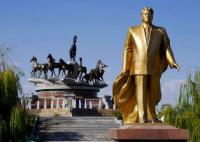
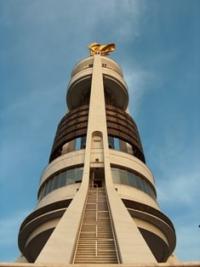
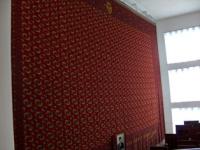
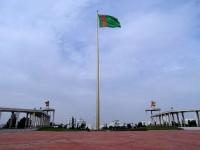
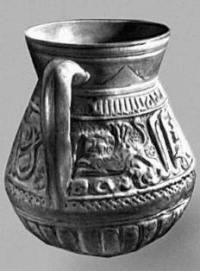
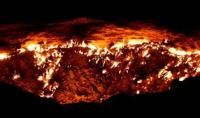
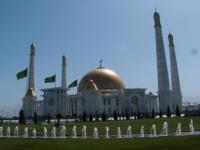
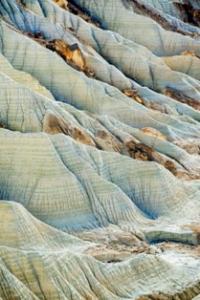
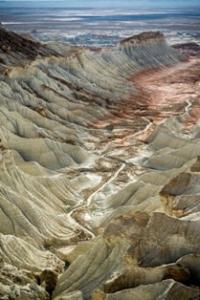
Tour in Yangikala canyons.
“The world is a book and those who do not travel read only one page”
Augustine of Hippo.
The short description of program on natural and historical sights from Turkmenistan to Kazakhstan:
Ashgabad – Darvaza crater – town Mary - Historical and archaeological complex Merv - settlement Serdar - Yangikala canyon – mausoleum Gozli-ata - Turkmenbashi town – Avasa resort center - check point of Garabogaz\Temirbaba.
Distance of route: 2 227 km.
Season: April - September.
The best time for an excursion: April, May, September.
Duration of the tour: 14 days and 13 nights.
The detailed description of program of tour day by day from Ashgabad to gaz-crater Darvaza and to canyon Yangilaka:
Group tours across Turkmenistan.
Day 1. Ashgabad – Darvaza crater (192 km).
Arrival in Ashgabad. A meeting at the airport. Transfer to hotel, accommodation. Early check-in. Short night rest. Breakfast. Half day city tour including to National Museum, Neutrality Arch and Independence park. After lunch, departure from Ashgabad.
Transfer: Ashgabad - settlement Bakhordok - kishlak Erbent (165 km). On road for Ashgabad the great and boundless desert of Turkmenistan – Kara-Kum begins, infinite barchans and mountains of sand will accompany on travel on desert of Turkmenistan. Arrival in kishlak Erbent. In a kishlak there live local residents who grow up sheeps and camels.
Here it is possible to get acquainted with a life of Turkmen nomads. For the summer they leave for desert and there among sand their sheeps and camels are grazed. Visiting of houses of local residents. Walk on settlement Erbent.
Transfer: kishlak Erbent - Turquoise lake in crater (85 km). Following local sights in desert Karakum, it is a crater filled by water which has a shade of turquoise. The crater is near to road. Walk to a crater, photographing of vicinities.
Further transfer: Turquoise lake - Mud crater (15 km). A stop at a crater, walk in vicinities, survey and photographing of the Mud crater.
Further transfer: Mud crater - gas crater Darvaza (12 km). We pass yurts Turkmen nomads at road and soon we leave asphalt road and we turn off to the right on road which leaves in sand. Arrival on gas crater Darvaza, this unique technogenic show in sand of Kara-Kum which we shall observe, in a crater burns gas since 1971. Walking and photographing of vicinities. Dinner and overnight in tents near the crater.
Day 2. Darvaza – Ashgabad – Mary (544 km).
Breakfast. After breakfast transfer: crater Darvaza - Ashgabat (192 km). Arrival in Ashgabad. Traditional national lunch. Visit to the Carpet Museum. The national museum of Turkmen carpet was created in Ashkhabad by presidential decree in 1993.
The museum was opened in order to recreate and preserve the national traditions of Turkmen carpet-weaving and also for carpet popularization of Turkmenistan. It was designed for the collection of the best samples of carpet art, study, restoration and farther development of a manual carpet-weaving. Now the museum has up to 8000 different exhibits,the smallest carpet is 0,01 sq. metre and that which is considered as the biggest one in the world is 301 sq. metre, entered the Guiness Book of Records in 2003.
Transfer to airport. Depart to Mary at 17.20 h with flight T5-131. Arrival in Mary, at 18.00 h. A meeting at the airport. Transfer to hotel, accommodation. Dinner and overnight at hotel.
Day 3. Mary - Ashgabad (387 km).
Breakfast. On the way following the Karakum Canal and the foothills of the Kopetdag Mountains. Transfer: Mary – Baitamaly settlement - historical park Merw (36 km). Visit of the historical park, including Erk Kala, Gyaur Kala, Sultan Kala, Abdulla Khan Kala and Bairamali Khan Kala and the most relevant remaining monuments such as the Sultan Sanjar Mausoleum, the Shahriar Ark, Big Gyz kala and Small Gyz kala, Graves of the Ashkhabis, and the mausoleum of Ibn Zaid. Lunch in Mary. After excursion transfer to Mary. Lunch.
After lunch transfer: Mary – town Tedzhen - settlement Dushak - tomb Malik Adzhar Palvan and ancient settlement Ulug-tepe (185 km). The ancient settlement Ulug-depe - the basic in Central Asia with chronology from the end of the Neolithic till the akhemenidy period. It logs in large settlements of ancient farmers of a foothill strip of Kopet Dagh - Cara depe, to Namazga depa, Altyn-depe and Yylgynly-depa. However in the XX century this monument was practically not investigated.
The exception is made by local works of V. I. Sarianidi in the late sixties on opening of ceramic furnaces for roasting of pottery which were carried out for the purpose of studying of features of ancient potter's production of an era of an eneolit and bronze.
Transfer: Tomb Malik Adzhar Palvan and ancient settlement Ulug-tepe - ancient settlement Abiverd (47 km). Visit to monument. The archaeological site was created in 1993 and comprises some 200 objects in Kaka and Tejen districts of Akhal Region. The core of the reserve is a medieval town Abiverd or Peshtak (west Kaka) - in the past, one of the largest cities in Northern Khorasan, often cited in written sources along with Nisa, especially since the Arab conquest.
Transfer: Ancient settlement Abiverd - Mosque Seyit Dzhemal Etdin (101 km). In the ancient settlement of Anau, in 18 kilometers from Ashgabat mosque ruins Seyit Jahmal-Etdin - "The house of beauty" are visible. This history is more than five centuries old. To this beauty and now will delight anyone. On the mausoleum, an entrance arch two impressive dragons - "azhdarkh" stylistically reminding traditions of imperial China were represented earlier. Scientists notice that these "living beings", and their images, as is well-known - taboos for architects of Islam, were a totem at one of the Turkmen tribes.
After visit to mosque Seyit Dzhemal Etdin transfer to Ashgabad (18 km). Arrival in Ashgabad, transfer to hotel, accommodation. Dinner followed by city-by-night tour, overnight.
Day 4. Ashgabad – settlement Serdar (256 km).
Breakfast. Transfer: Ashgabad - Kipchak settlement (17 km). Visit to Turkmenbashi Mosque-Mausoleum. Visit to to Turkmenbashi Mosque-Mausoleum. The mosque was built in 2002 - 2004 on the initiative of Turkmenbashi and named after him. Its word-for-word translation means “the mosque of Turkmenbashi spirituality” or “the mosque of spirit of Turkmenbashi”. By the way the mosque is located in Gypjak – the Turkmenbashi native village.
The construction of the mosque cost to Turkmenistan $100,000,000. The whole complex is built in white marble by French company Bouygues. The total area occupied by the complex is 18,000,000 m2. The mosque itself is a one-domed building, surrounded by 4 minarets. The height of the mosque is 55 m, and that of the minarets is 91 m to symbolize the year 1991 – when Turkmenistan gained independence. The building is accessible through 9 entries with arches. Around the mosque there are numerous fountains as though the mosque stands on the water and it makes the mosque look very good.
After visit to mausoleum Turkmenbashi transfer to Geok Depe settlement (30 km). Visit Akhalteke horse stables. Visit to Mosque Saparmurat khadzhi. Saparmurat Khadzhi mosque (turkmen. Saparmyrat Hajy metjidi) - the mosque in the city of Gyokdepe (earlier of Geok-Tepa) in Turkmenistan. It is constructed in memory of soldiers defenders of Geoktepe fortress. The mosque has four minarets. The project was developed by the Ashgabat architect Kakadzhan Durdyev. The mosque was open in 1995, and is called in honor of the President of Turkmenistan. The mosque was built by the French company Bouygues in one year.
Further transfer: Mosque Saparmurat khadzhi – Kow-ata Underground Lake (45 km). Visit to Kow-ata underground lake. A unique cave with the underground lake Kov-ata. The cave is 250 m long, 65 m deep and 50 m wide. The water of this lake is constantly warm, clean and transparent with an admirable amethyst color and contains 27 elements of the periodic table. The underground lake Kow-ata south- west of Ashgabat to see the Bakharden underground lake with swimming facilities all a year round. The lake is located in the biggest cave of the Kopet Dag mountains, called Kow-ata.
After visit to lake Kov-ata transfer to Nohur village (52 km). Arrival in Nohur village. Explore Nohur village (visit silk weaving and tribal cemetery). Deep in the mountains, at height of 1000 - 1100 meters there lies Nokhur. The way to this “compact world” is long and difficult: grades, slopes, mountainous hairpin curves. But you will forget all travelling difficulties when you see this place, rare in its beauty and protected from four sides with high mountains. According to the legends, its name originates from the Bible prophet Noah, whose Ark after a forty-day’s sailing landed to Manoman Mountain, that is why the words “nokh” or “nukh” are translated as “hit”.
After visiting the village Nohur transfer to settlement Serdar (112 km). Arrival in settlement Serdar, transfer to Guesthouse, accommodation. Dinner and overnight.
Day 5. Settlement Serdar - Yangikala canyon (399 km).
Breakfast. Transfer: Serdar - settlement Bereket - settlement Kumdag - town Balkanabad - settlement Oglandy - Yangikala canyon (350 km). On the way visit of an exotic and picturesque market in the town Balkanabad. On the way to Yangikala canyon we pass near mountains of the Western Turkmenistan - Small and Big Balkhan. Big and Small Balkhan - ridges in the west of Turkmenistan, near the Caspian Sea, the mountains extended from the West on the East on 60 kilometers, width - 20 kilometers.
The highest point - the mountain Arlan of 1880 meters above sea level. In a mountain landscape ridges, deserts, and mountain steppes dominate. Near Big Balkhan ridge there is an oil field - Nebit Dag. Lunch on the way. Arrival in canyon. An excursion in Yangikala canyon to volcanic and rocky formations of the valley Kemal-ata. Yangi-Kala canyon ("fiery fortresses"). Yangikala canyon is in Balkan Region, in 160 kilometers to the East from the town of Turkmenbashy. Locals call this massif Kyzyldag (Red mountains).
Steep breaks white, yellow, ochre, purple and red colors, fancifully cut out by winds and rains, are very similar to stone locks. Canyons at sunset when everything is painted in bright-red color around are especially beautiful. Once the bottom of canyons was a bottom of the ancient sea. Then sea water receded, and on a surface hills and breaks, similar to plateaux, seemed.
In the main canyon of Yangikala the small canyon Kemal-ata punched in rocks by the stream which appeared in the middle of the desert which laid itself (himself) a way from a spring is especially interesting. From this spring sheep and camel herds satisfy thirst. Ornament Kemal - Ata is stone educations, many of which are on canyon slopes. Dinner and overnight in tents.
Day 6. Yangikala canyon - town Turkmenbashi (211 km).
Breakfast. Transfer: Yangikala canyon - Gozli-ata mausoleum (50 km). Visit of the mausoleum of Gozli-ata. Gozli-ata the mausoleum is in Balkan Region in the west of Turkmenistan. Gozli-ata mausoleum is located in 157 kilometers from the Turkmenbashi. Gozli-ata the most remote place of a pilgrimage in Turkmenistan. The mausoleum is in the picturesque place, surrounded with pink, greenish, reddish mountains of a surprising form and beauty. On these lands the Turkmen soldiers from troops of the Khivan khan, for the independence courageously defended.
Transfer: Gozli-ata mausoleum - town Turkmenbashi (144 km). Arrival in Turkmenbashi. Transfer on the coast of the Caspian Sea. Sightseeing tour of the Turkmenbashi. Visit of Russian Orthodox Church. Walk on a seaside market, visit of the sea harbor. Lunch at restaurant.
The Turkmenbashi (Krasnovodsk was called earlier) - the town on the west of Turkmenistan, is located on east coast of the Caspian Sea, large international seaport. The town is the center of oil-processing industry of Turkmenistan. The city began the history with 1716 when the prince Bekovich-Cherkasskiy founded strengthening on the coast of the Krasnovodsk gulf ("in the mouth Uzboya"), preparing a campaign to Khiva.
After construction of the Zakaspiyskiy railroad from Krasnovodsk via the ferry in Baku, at the end of XIX - the beginning of the XXth centuries, the town turned into the important transport center. In 1993 Krasnovodsk was renamed by the president Saparmurat Niyazov (Turkmenbashi) into the city - the Turkmenbashi.
The developing sea resort of Avaz is located in 17 kilometers to the West from the downtown. In the neighborhood of the town of the Turkmenbashi there took place shootings of the Soviet feature films "Days of an Eclipse" of Alexander Sokurov, "Forty first" Grigory Chukhraya. In the second half of day transfer to the sea resort of Avaza (17 km). Accommodation in hotel. Acquaintance to the sea resort of Avaza. Dinner and overnight in hotel.
Day 7. Town Turkmenbashi - check point of Garabogaz\Temirbaba (247 km).
Departure from Avaza resort center at 5.00. Breakfast (lunch-boxes) on the way. Transfer: Awaza resort center - check point of Garabogaz (244 km). Going through formalities of the customs and border service of Turkmenistan.
Transfer: Garabogaz check point - check point of Temirbaba (3 km). Going trough formalities of the customs and border service of Kazakhstan. A meeting at check point of Temirbaba.
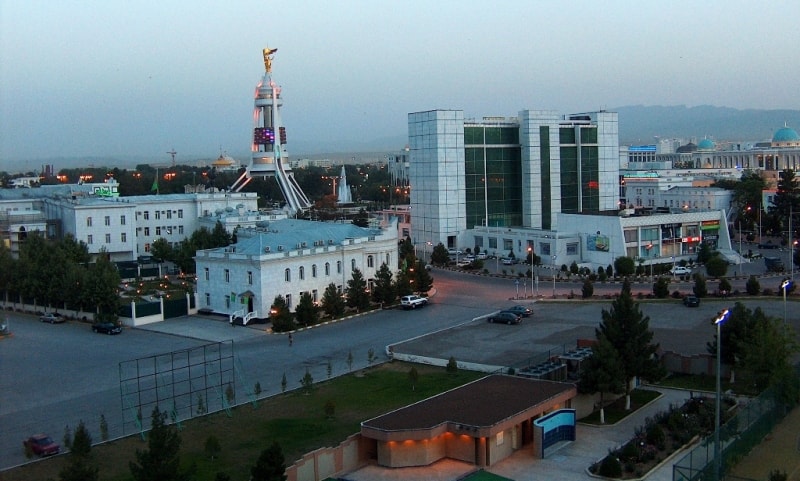
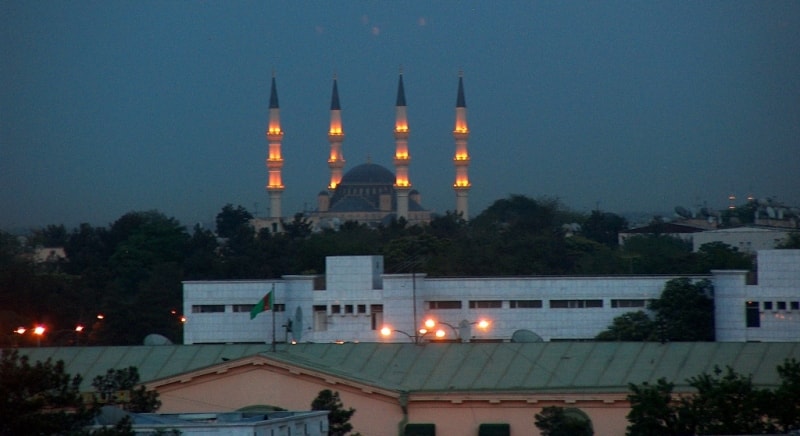
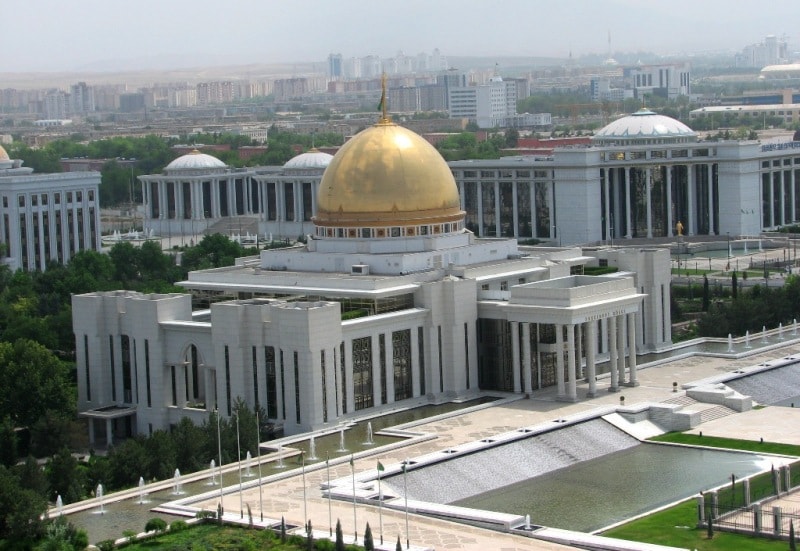
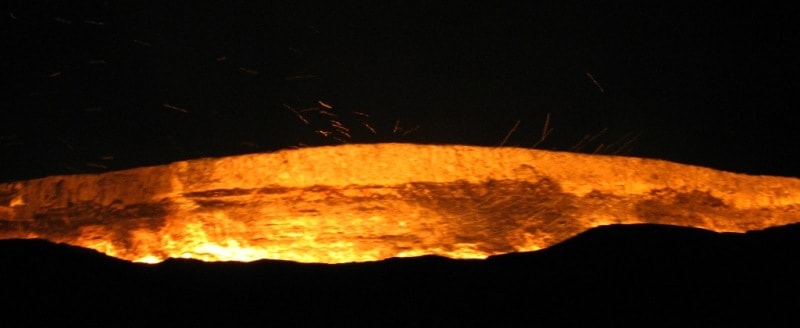
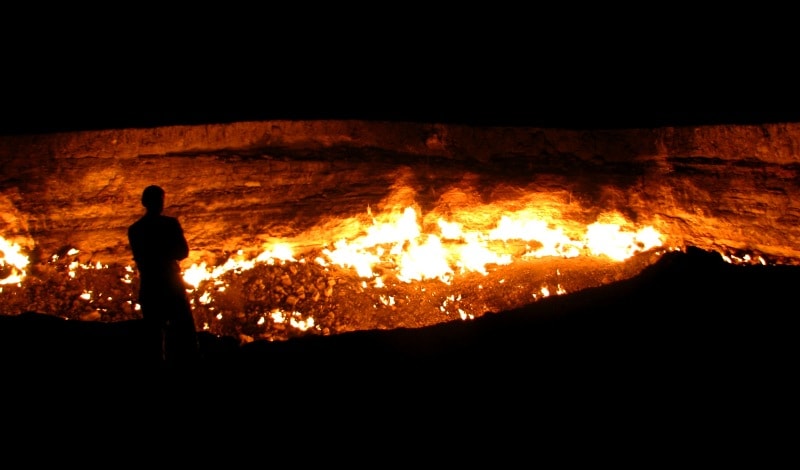
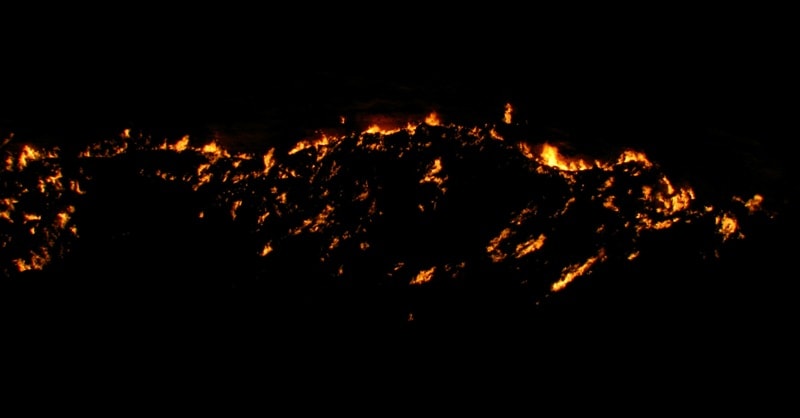
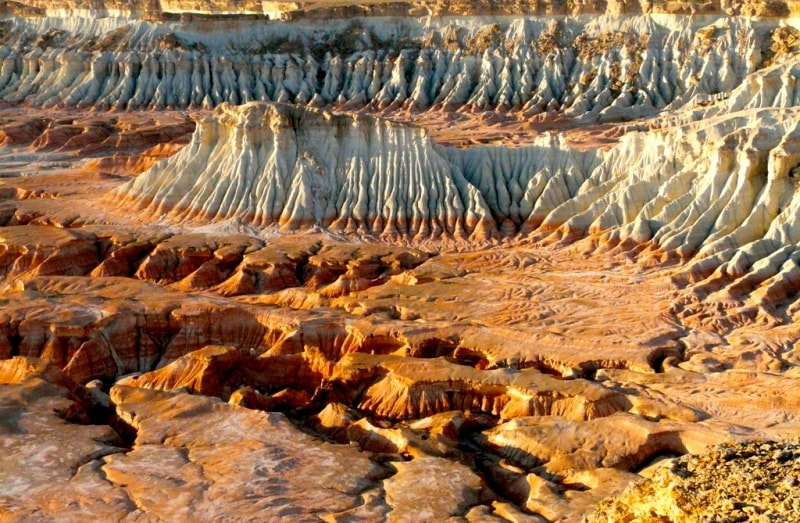
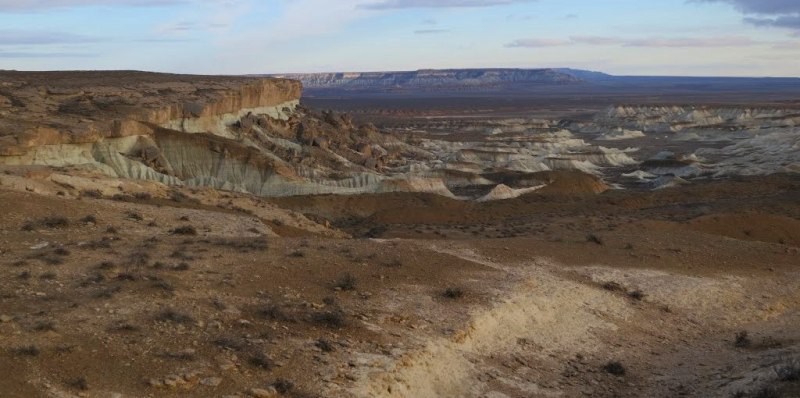

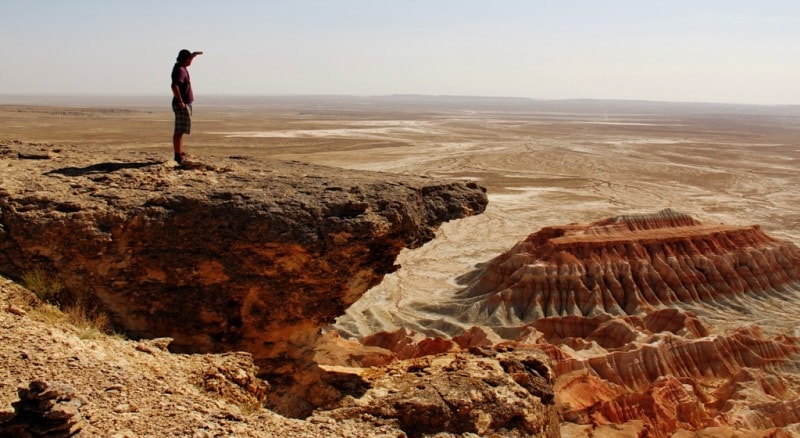
Note:
Author program of Alexander Petrov. Copying and introduction - from the sanction of the author petrovsra@mail.ru
Alexander Petrov
photos.







